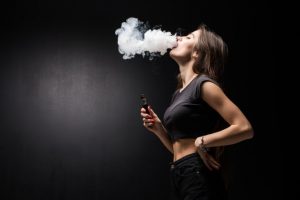On October 1st, World Urticaria Day is celebrated. The date was created by the Asociación de Afectados de Urticaria Crónica (AAUC) in 2014.
AAUC is a Spanish non-profit organization that promotes the exchange of experiences and knowledge about the disease to benefit the population. These exchanges of ideas improve the lives of people living with chronic urticaria.
The question arises, what is urticaria?
Urticaria refers to a clinical disorder of skin changes caused by insect bites, allergies or temperature variations. It manifests itself through reddish spots, the so-called “papules” that cause a lot of itching and swelling.
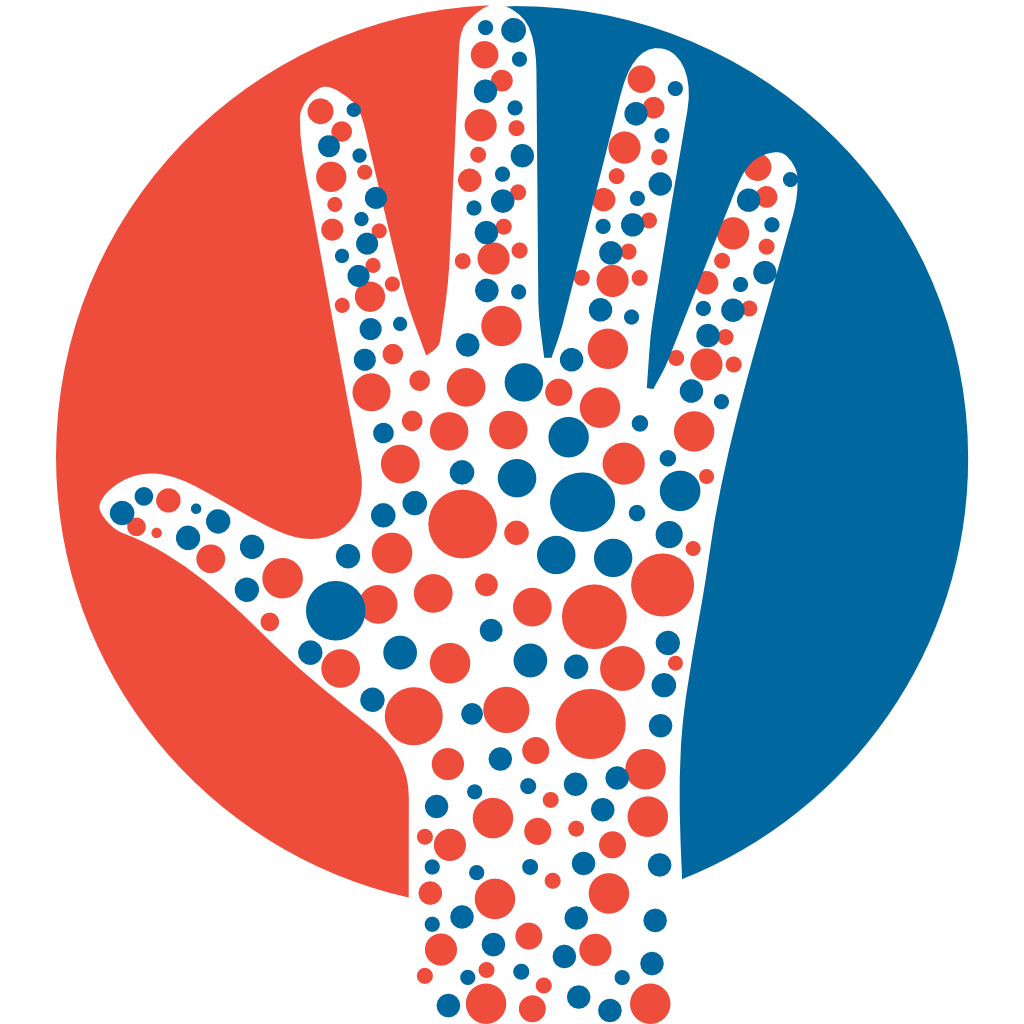
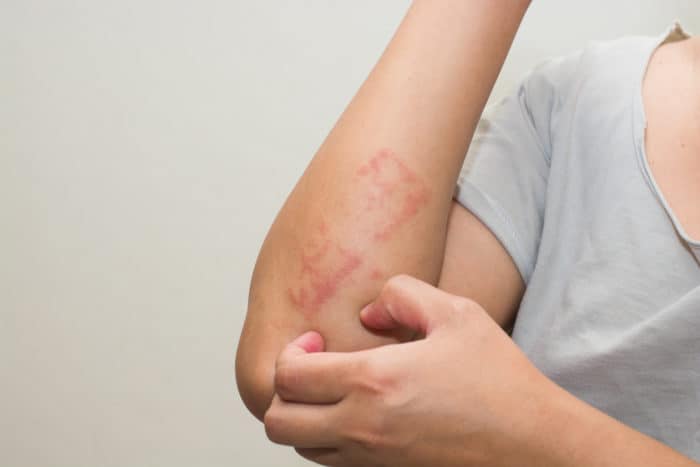
Just out of curiosity, “the term urticaria comes from the Latin Urtica, which means nettle. This is because the lesions on the skin are identical to those caused by contact with nettles in the fields. These plants cause the release of a substance called histamine that is present in skin cells, the mast cells.” (Couto, 2020)
It can be controlled by avoiding exposure to triggering factors and, in most cases, by taking antihistamines.
It is not always possible to find out what the cause of urticaria is, however, the allergist may perform blood tests and allergy tests to try to better understand the symptoms and adapt the treatment.
There are several types of urticaria, the main ones being acute urticaria and chronic urticaria and they are distinguished by the duration of the allergic reaction
However, there is still emotional urticaria, related to emotional factors, such as anxiety. Cholinergic urticaria, which appears with an increase in body temperature, either as a result of a hot bath or after exercise, lasts for about 90 minutes.
Urticaria pigmentosa, which comes from excess immune system cells in the skin, is more common in babies and children. We also have contact urticaria, which only occurs when the person comes into contact with an allergic reagent, whether it is the ingestion of a certain food or contact with a resin, for example. Finally, solar urticaria, caused by exposure to the sun and can only be prevented by avoiding this same exposure.
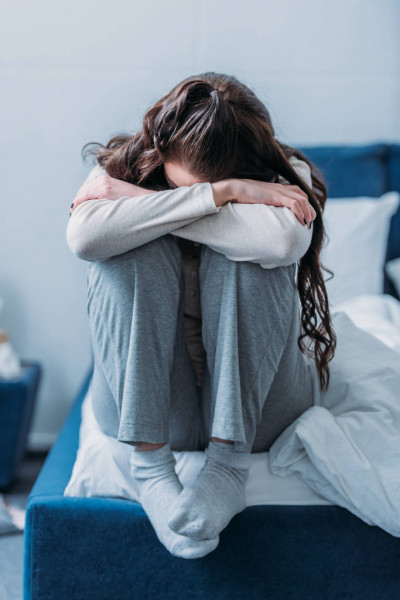
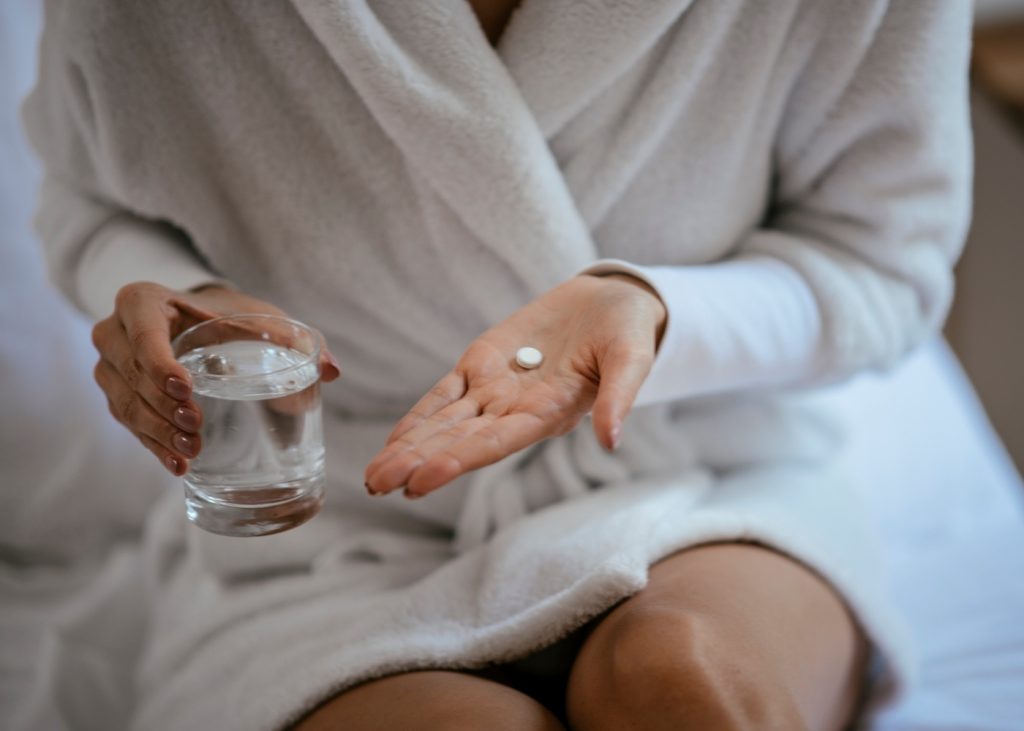
The treatment of urticaria should be started by washing the affected area with water, in the possibility of eliminating an allergic substance. In addition, in cases where it is not possible to identify the cause and when symptoms are very intense, the person should take antihistamines, such as loratadine, cetirizine, among others, or oral corticosteroids, to relieve the itching and swelling. A natural alternative is to use cold compresses to relieve the burning and itching, or dip cotton pads in green tea, for example, and place the pads over the papules. Relieves and reduces redness.
In extreme cases, patients can use an injection of adrenaline, 'Epipen'. We are talking about anaphylactic shocks, where it is very important to act quickly but calmly when they occur.
Epipen should be injected on the outside of the thigh and at a distance of about 10 cm at a 90-degree angle. The person can keep dressed. As soon as the clicking sound sounds, you must wait 10 seconds for the drug to be transferred to the muscle. After 10 seconds, the device can be removed and the injected area must be massaged. After 5 minutes, the person should return to his normal state.
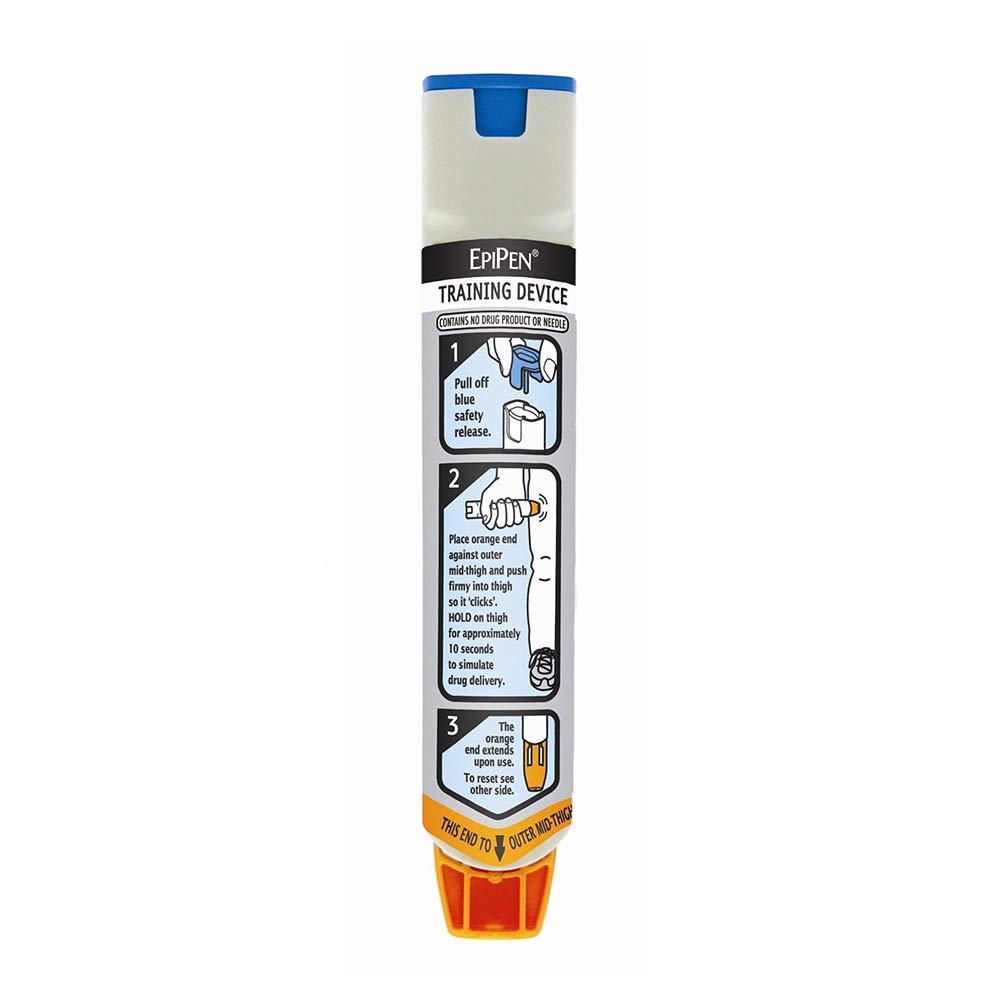
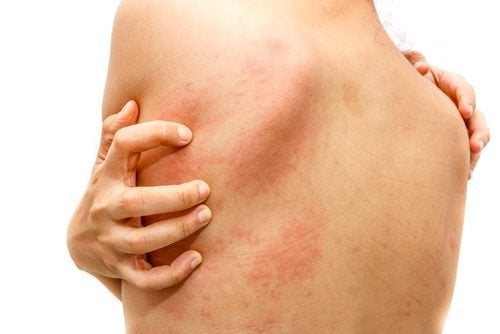
Urticaria is a disease that affects between 15% and 25% of the general population at least once in their lifetime. This means that one in four to five Portuguese people, throughout their lives, will suffer from at least one episode of urticaria.
Although this is common, it is a complex and disabling condition, causing fear and discomfort. It has a high impact on the psychological level and on the daily lives of patients.
In Portugal, a campaign “Live in the skin of those who feel good” was carried out to celebrate World Urticaria Day, with the aim of raising awareness among the Portuguese about this disease. A campaign that comes from a partnership between Novartis and the Portuguese Society of Allergology and Clinical Immunology (SPAIC) and that seeks to alert people to the implications of urticaria.
Basically, the campaign intends to draw attention to the symptoms that may arise, such as reddish and raised spots, intense itching and swelling (edema) and to the importance of adequate follow-up and treatment.

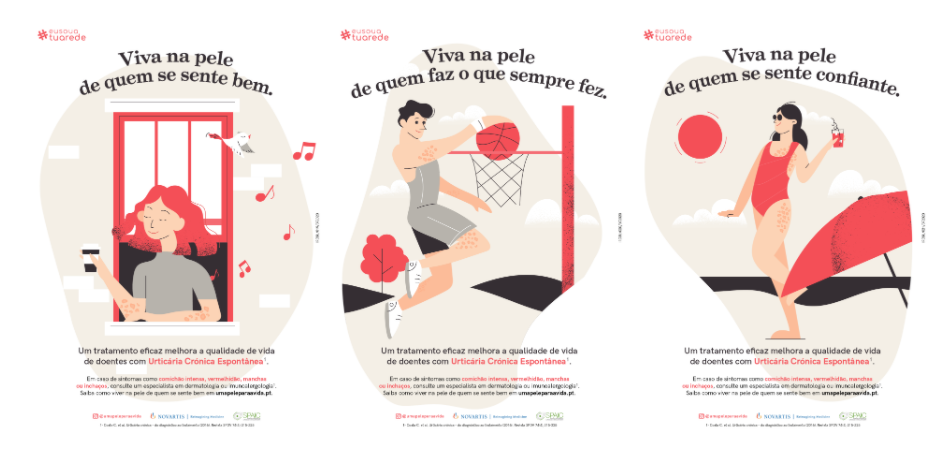
A campaign that has lasted for four years and sensitizes the population to the fact that people who suffer from UCE are often dragged into situations that could lead to their isolation. This isolation often stems from feelings of shame or fear of exposure to others. People even deprive themselves of a normal life, in the use of certain clothes, socializing with family and friends or even implications in their professional life.

![[:pt]clínica cura pura](https://curapura.pt/wp-content/uploads/2017/10/logo-footer2.png)



